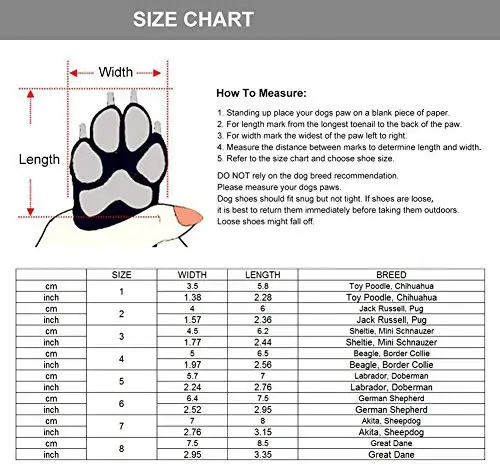Paws on a canine provide traction, shock absorption, digging capabilities, endurance, and body support. These paws can be rough, smooth, thick, wide, narrow, flat-footed, big, medium, or small. It all depends on the type of dog breed.
Dogs with big paws, more often than not, also have big bodies. These include the Akita, Doberman Pinscher, Old English Sheepdog, Golden Retriever-spitz, Siberian Husky, and Newfoundland. However, there can be other small dog breeds such as the Basset Hounds and Bulldogs that also have big paws.
There isn’t any real indicator of how big or small your dog’s paws can be, but here are some of the most prevalent dog breeds with big paws.
Bulldog
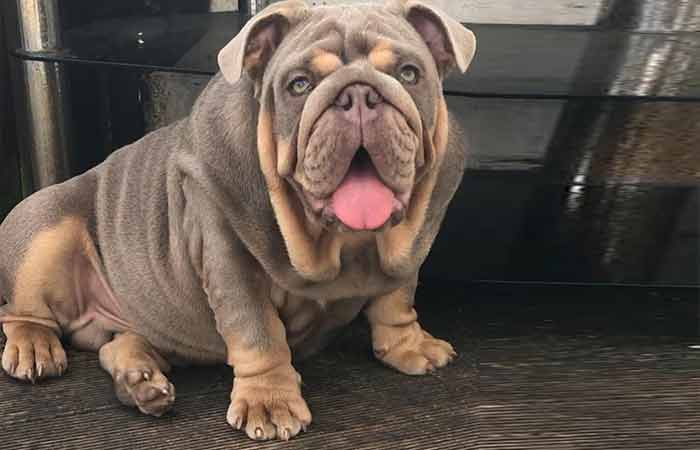
First in line is the English/British bulldog. Besides their popularity as one of the best pet dogs, they have an incredible physique that includes large paws with a wide surface area. The most distinct features about this breed besides their pronounced mandibular prognathism and loose skin around their face is their sturdy build and heavy bones leading to flat and wide walking pads.
Being working dogs, their widely shaped feet allows for the dog to balance and trek on rough terrains without much hassle.
Chowchow
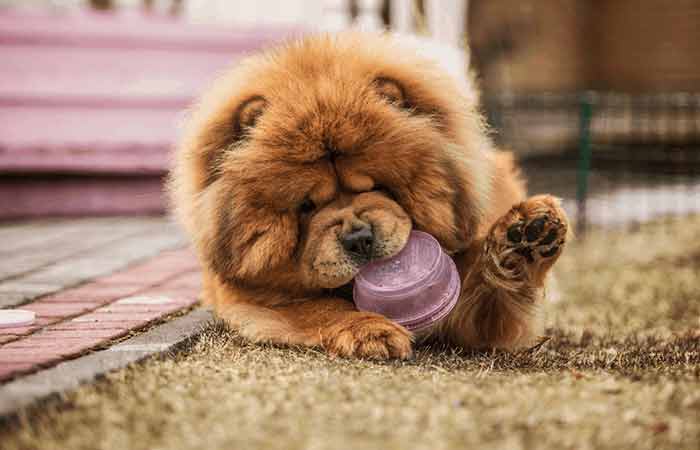
Next up is the Chowchow dog breed. The puffy lion dog from Northern China weighs between 35 to 90 pounds. Sturdily built with a brown skull and small erect ears. Covered with a very thick double coat, the chow has very straight legs, supported by equally big, flat, and wide-based paws.
For such a heavyweight dog, the big paws are primarily for its support and posture. The big paws and it’s straight hind legs give the puffy lion a rather stilted gait. All in all, for the Chow Chow dog to remain balanced on the ground, its paws have to be large enough to support that much weight.
Doberman Pinscher
The Doberman Pinscher has short third digital bones such as those of a cat. Nicely rounded, compact, and big enough to increase the dog’s endurance. This medium-large pet dog isn’t heavy-footed, hence it doesn’t need the paws for support. However, big paws are mainly used for working.
Offering grip, endurance, and resilience as the Doberman goes about its business as a guard dog. Its big paws feature thick pads for perseverance as they walk a long distance, and in different areas.
English Setter
Also known as the Laverack or Llewellin Setter, they have one of the most unique coats. A basic white coat with flecks and speckles of different colors including black, orange, liver, or a combination of the three. The English setter has a medium-sized built body with proportionate length and height.
All these are supported by strong hindquarters and large paws that keeps them steady and balanced on the ground. However, that’s not the only reason they have big paws. A breed designed to hunt game such as quail, pheasant, and grouse they tend to cover a lot of ground. Mountainous ridges, rough terrains, and long-distance walks, the big paws allow for them to distribute their weight evenly and also offer support and endurance throughout their hunting expeditions.
German Shepherd
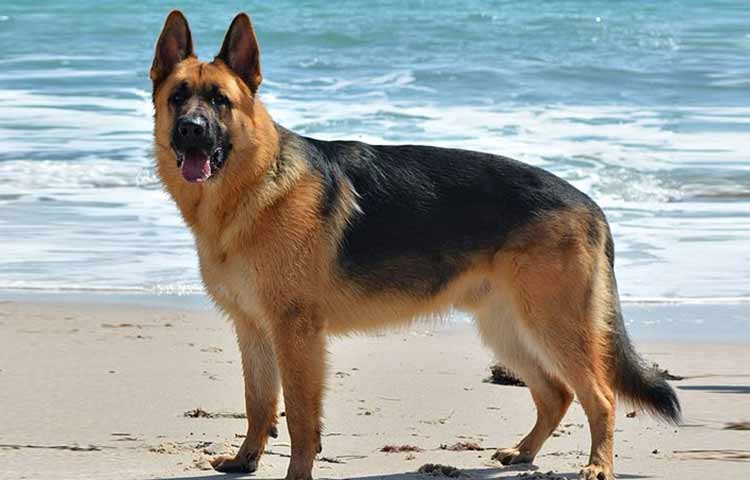
This is a large-sized guardian dog weighing over 50 pounds up to 80 pounds. Physically built to be a police dog, search and rescue as well as a military dog, they are trained to hop, skip, trot, and even chase after people. Running and trekking require them to have strong and big paws to grip onto objects and places, as well as traction as they run or chase after someone.
Golden and Labrador Retriever
From the Retriever-spitz family, the Golden and Labrador Retriever are popularly known for playing multiple roles as disability assistance dogs, guide dogs for the blind, hearing dog for the deaf, hunting dog, and even search and rescue dog. With muscular bodies, level toplines, and straight hindquarters, their body posture is perfectly aligned with their huge flat-based feet.
As hunting and guide dogs, they have built on endurance through their paws to give them a powerful and well-coordinated gait. Their feet are just as proportionately large as every other part of its body including the skull, neck, body, and topline.
Bernese
The Berner Sennenhund is a large-sized dog that weighing up to 115 pounds. Just as big as the Neapolitan Mastiff. Along with the other four breeds of Sennenhund-type dogs from the Swiss Alps, they have one of the largest paws with a width of 5 inches. Along with the Mastiff counterparts, they are guard dogs that spend most of their time safeguarding and walking long distances.
Their wide feet, medium-sized ears, round face, straight legs, and round-arched toes clearly define the Bernese mountain dog.
St Bernard
Very close to the Bernese mountain dog is St Bernard. Also a large working dog from the western Alps of Switzerland and Italy. Their main work is search and rescue which is why you will see the dog has a double coating, denser around the neck and legs, and flat webbed feet to adequately support the weight of the dog.
For such a giant dog weighing 260 pounds, their 6 inches wide webbed feet allow them to endure long hours of walking in different areas.
Great Dane
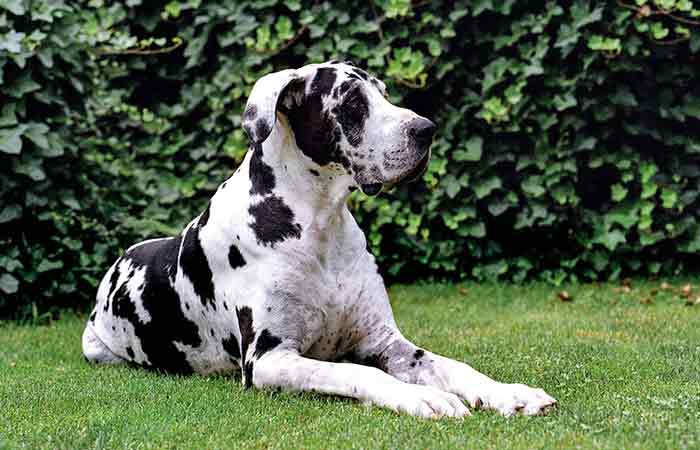
The Great Dane is a large German domestic dog known for its giant size. With roots tracing back to England, the boarhound descends from a crossbreed between the English Mastiffs and Irish Wolfhounds. They have unique features such as long legs, extremely tall bodies reaching up to 44 inches in height, and massive paws to support their height and weight.
The great Dane is said to also have webbed feet where the toes are connected by a large underpad and thick skin membrane that keeps the legs protected during their working times. Such breeds work in different terrains including water work as they can easily track even in local streams.
Old English Sheepdog
The list would be incomplete without the old English Sheepdog. A shepherd’s dog with a thick furry coat, a docked tail, and equally square body shape. With a bear-like appearance, this large breed of dog weighs 100 pounds and has a height of 24 inches.
Their large paws are well deserved firstly because of their huge bodies. Secondly, because of their cay shaped feet. These cat-shaped feet are compact so as to allow the dog to walk with ease and conserve energy that would otherwise be used to lift the leg. The feet also add to their endurance while out in the field.
Borzoi
The borzoi has hare feet and a paw width of four and a half inches. Their feet are characterized by long third digital bones which need more strength to walk and move compared to those dogs with cat feet. Even with heavier thin, yet big paws, they move faster than ordinary dogs.
This is mostly seen with this breed and greyhounds. They can easily outrun someone with their high bursts of speeds over short spasms of time. As a breed standard, the Borzoi is required to have this hare shaped feet with well-padded and big paws, plus close toes and well-arched knuckles.
Akita
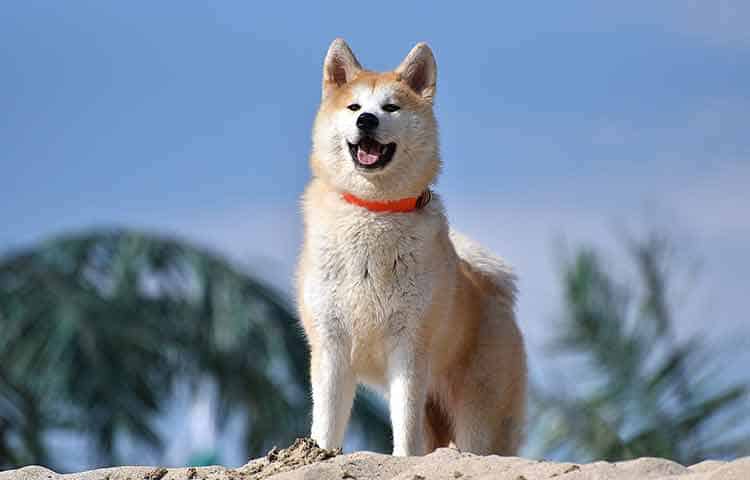
Originating from the mountainous regions of Northern Japan, the Akita Inu exhibits a compact and rounded paw supported by thick pads and knuckled up cat feet. For this substantial breed, they are heavyweight weighing 80 to 90 pounds supported by heavy bones throughout their bodies.
The Japanese Akita has double coats and a big thick underpad to help the dog with grip and traction as they walk around and check on rough terrains. The breed also has a powerful gait and brisk, such big paws are crucial for endurance.
FAQs
Does the Paw Size Determine the Overall Body Size of the Breed?
No, the paw size is the least indicator or determiner of the overall body size of the breed. Logically speaking, the paws should offer overall body support so it would only make sense that big paws support a big dog. This is only true for pure breeds like Doberman Pinschers and Retrievers.
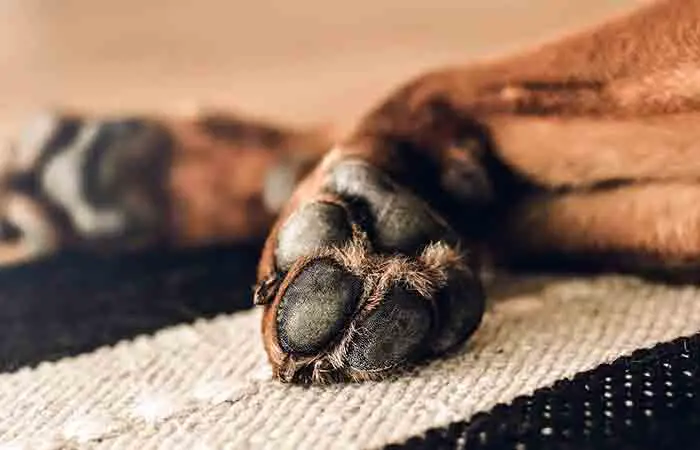
However, this isn’t a foolproof explanation since bulldogs and terriers with a small body have big paws to help them engage in their guiding and working activities. Similarly, large dogs like the collies have small paws that don’t compare to their body sizes. Therefore, the paw size can’t determine the overall body size of a breed.
Are There Small-Bodied Breeds with Big Paws?
Yes, as explained above, there are small-bodied breeds like the bulldog and the basset hound that have big paws, but they are small-bodied. The reason being, their work as hunters needs the dog to have a wide surface area for hunting, digging, sniffing, and working. However, the paws don’t affect their day to day movement
